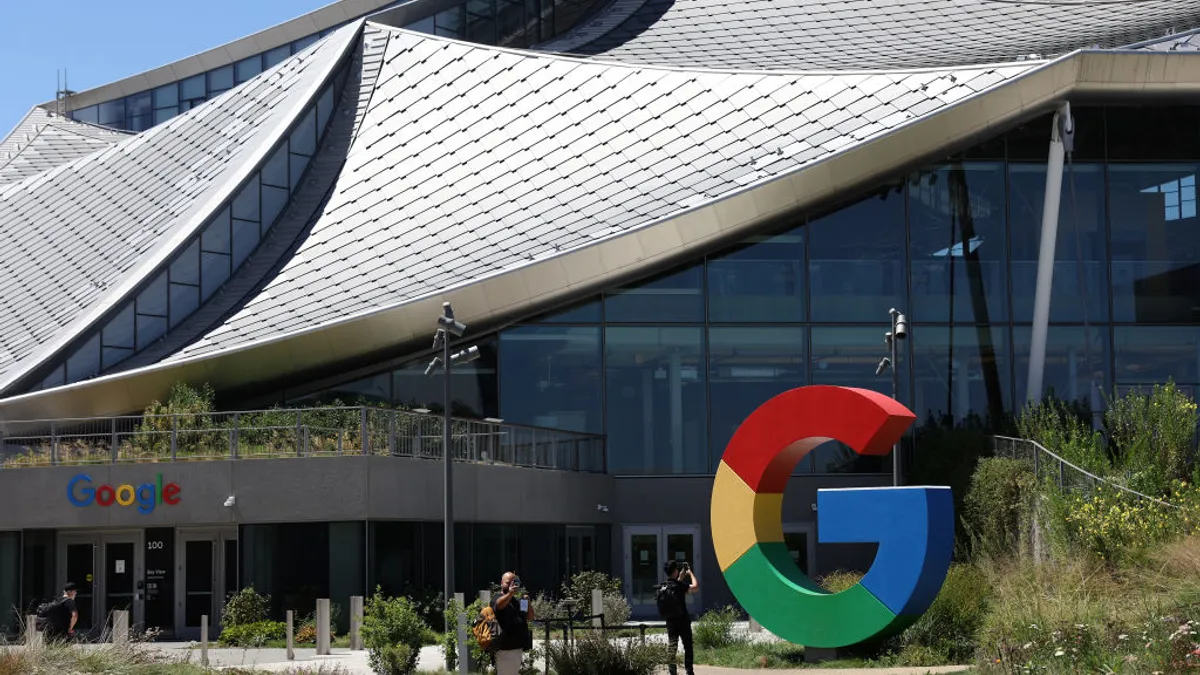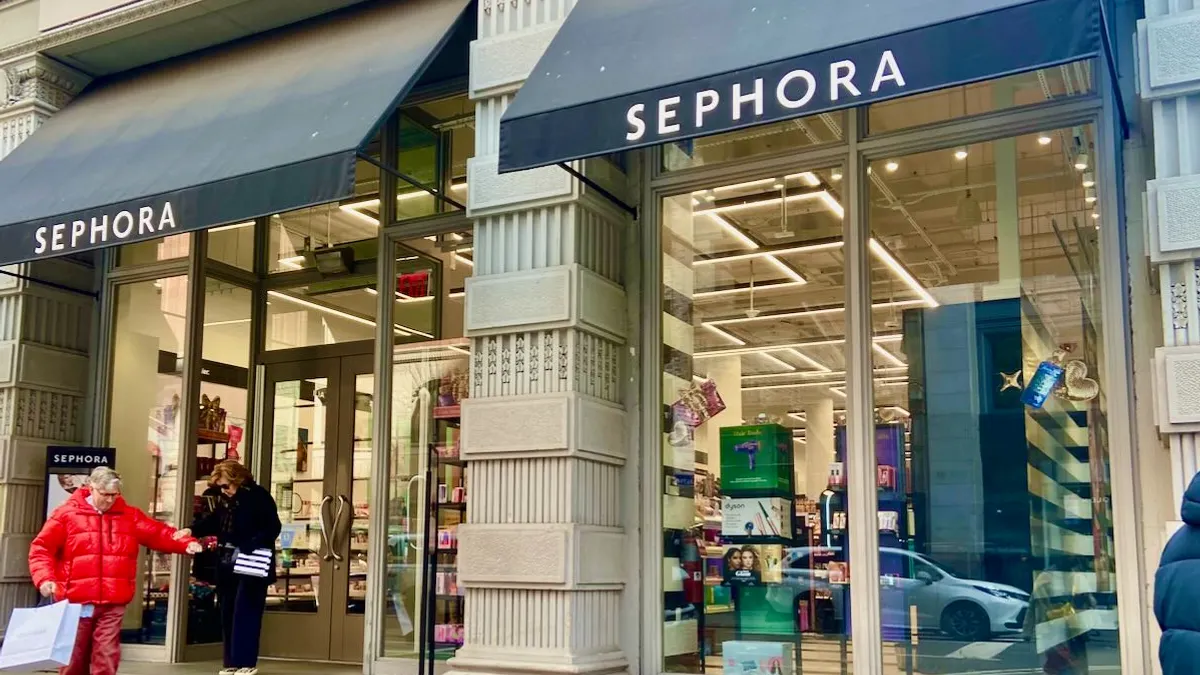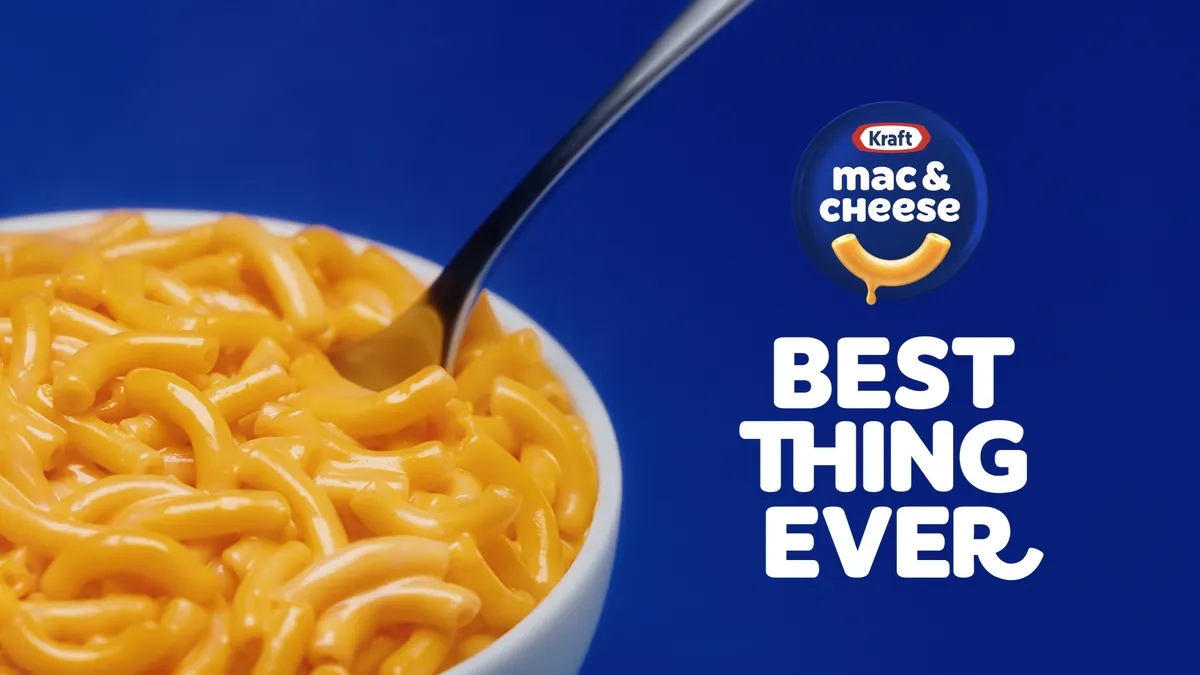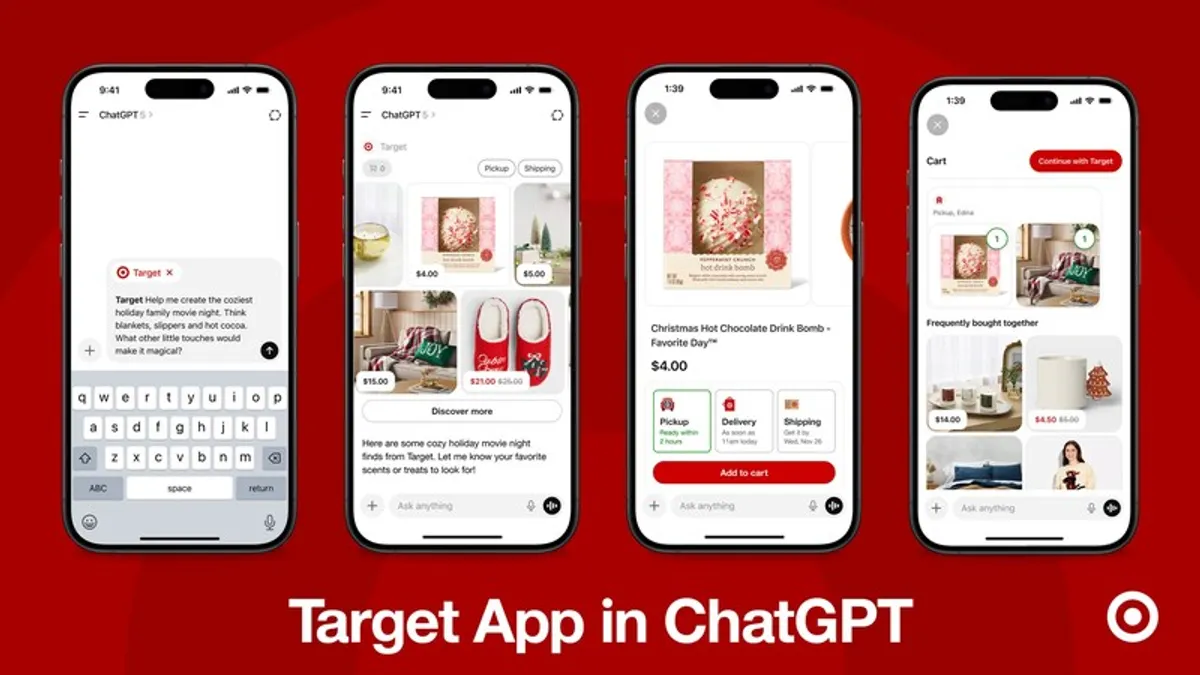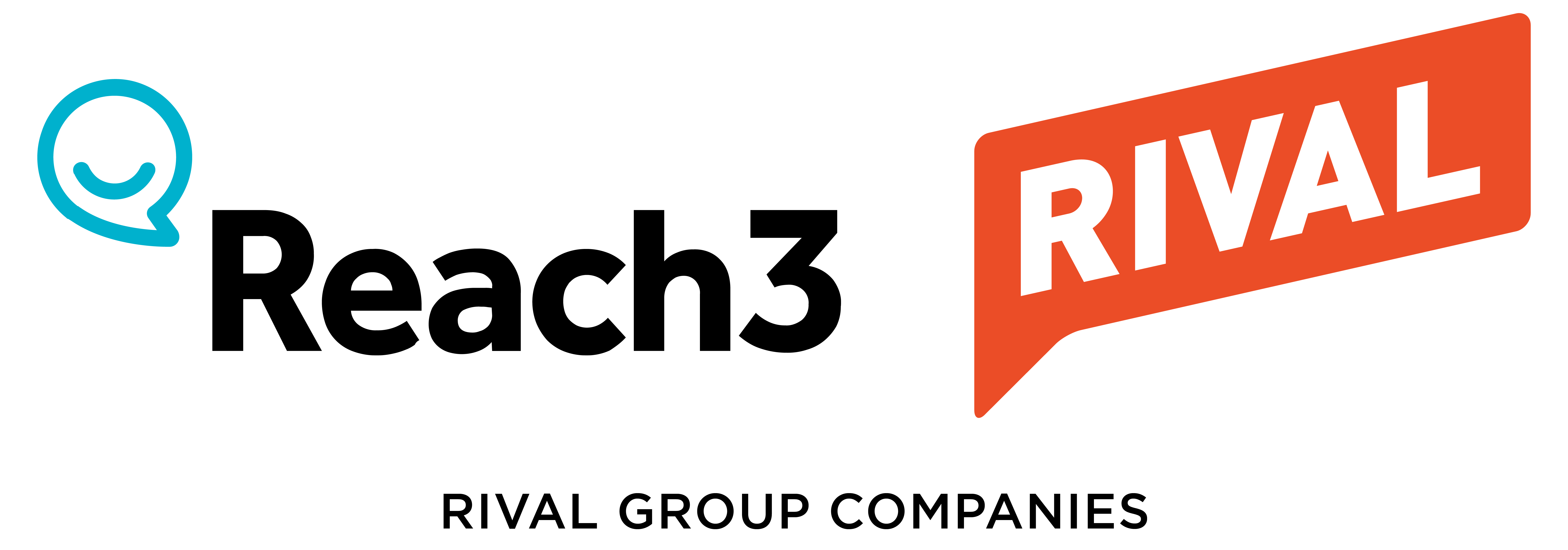As the state of tariffs remains in flux, analysts are warning that marketers need to be prepared to respond to a “one-two punch” scenario regarding U.S. consumer sentiment. With the economy poised for further bumpiness ahead of the recently extended Aug. 1 deadline for negotiating trade agreements, a consistent message around value and communicating a sense of empathy could be crucial to maintaining brand trust.
U.S. shoppers aren’t feeling great so far in 2025, with 70% making “significant” changes to their everyday habits, such as cooking more at home or purchasing smaller package sizes of fast-moving goods, according to Gartner research exclusively shared with Marketing Dive. More are adopting savings behaviors typical to recessionary periods, such as paying down debt, while holding off on big-ticket items like cars and travel.
That said, people — particularly affluent consumers — are more or less consistent in their spending patterns, preserving a sense of normalcy despite the souring mood. That picture could change if the ripple effects from tariffs, such as price hikes and product shortages, come into clearer focus in the second half.
“Right now, we’re still in an attitudes and fears and anticipation space that’s driving behavior, and then a reality on the ground is going to shift, and that’s going to change behavior as well,” said Kate Muhl, a Gartner analyst specializing in cultural and consumer insights. “I don’t think a lot of CMOs that I’m seeing are making a lot of changes yet. I think they’ve got to get ready though because of this one-two punch I’m describing.”
Souring mood
Gartner recommended that marketers revisit how they tackled the Great Recession to steel themselves for tariff tumult. Feelings of job security are low, especially among young consumers, a gloomy echo of the aftershocks of the 2008 financial crisis. The business of marketing has changed considerably in the past 15-plus years, with more brands going digital-first. Adding to the complexity is the recent evolution of artificial intelligence. Given that, marketers should focus less on dusting off media plans from the late aughts and more on areas like brand positioning.
“I would say take a look at what you emphasize in your brand values, how you express that to consumers and [which] of those kinds of things were successful for you in 2008, because the conditions — the cultural conditions — are going to be similar,” said Muhl.
The current environment also bears some key distinctions from the inflationary one that’s dogged the industry in recent years, according to Muhl. Consumers are less likely to blame individual brands for a broad downturn, and many have high awareness of U.S. trade policy, with 59% holding a negative view of tariffs and 57% expressing pessimism around the economy, per Gartner.
Pessimism could snowball into alarmism if store shelves start to thin out in the months ahead, a destabilizing image that led to some of the bigger freak outs in the early days of the pandemic. The prospect of empty shelves could hardly arrive at a worse time, as many industries, including retail, prepare for the key back-to-school and holiday shopping windows.
“In certain categories, that may well become part of the reality soon, starting roughly in the fall and thinking about the holidays ahead,” said Muhl. “That will potentially exacerbate a lot of the other emotions that people are having about these big shifts in trade.”
How marketers can respond
Different product categories will experience varying degrees of impact from tariffs, and some may reap more benefits than others. Smaller companies and disruptor brands could be more agile and transparent in responding to shifting levies, as well as being firmer in their commitments to consumers.
Outdoor footwear brand Keen, which was among those highlighted by Gartner, has pledged to instate no tariff price increases in 2025, the type of stability fatigued consumers are craving. Kitchen waste disposal maker Lomi and swimwear brand Triangl are practicing what Gartner dubbed “practical transparency,” providing detailed responses to how tariffs will affect their businesses in the form of FAQ pages and disclaimers in online shopping carts.
Such initiatives can be more difficult for sprawling multinational companies to manage, but there are other ways to offset the coming blows. For example, if a single brand or product line is highly exposed to tariffs, costs could be spread around the portfolio to lessen the burden and prevent jarring price hikes.
Across the board, brands will need to build “permission structures” that demonstrate value beyond price to convince wary consumers, per Muhl. Hyundai’s Assurance Program, first launched in 2009, is a model of how even high-consideration categories can approach marketing amid uncertainty. The program, a first of its kind for automotive, allowed car buyers to return their new vehicle if they lost their job due to the recession. Hyundai brought back the concept in 2020 in response to the pandemic.
“It’s going to be about expressing, for the right kind of product and category, a kind of empathy with the pressure consumers are feeling, and alternately, finding ways to show how buying your product or buying with your brand is not a high-risk situation,” said Muhl.
“An empathetic position, it seems counterintuitive at a time when everybody’s so price-driven. It’s actually, I think, an important way to try to work back to a place of developing trust,” she added.
Staying the course
Some brands are also boasting more of their made-in-the-U.S. bona fides to differentiate from rivals that are more reliant on global suppliers and therefore prone to price increases. A growing share of consumers do not find patriotism appealing, however. Four in 10 consumers anticipate buying more goods made in the U.S. in the coming months, whether it’s due to patriotism, cost effectiveness or simply because there will be fewer alternatives, Gartner found. Brands that can effectively run an American-made strategy may want to look into doing so as a contingency plan depending on how the market shifts, according to Gartner.
“A phrase like ‘Made in America’ has always been kind of loaded, but it’s even more so today, especially as consumers start to wonder about how the tariffs are going to impact prices,” said Muhl.
As usual, consistency is key when approaching brand purpose. Consumers have grown taxed by companies jumping on hot-button issues of the day, but they’re also put off by those that are as quick to abandon their values in the face of headwinds.
“Now is not the time to change tack and begin to tell a new brand story or redefine a company’s values,” reads the Gartner report.
Staying committed to a particular positioning or tactic can feel daunting given how chaotic the implementation of tariffs has been so far, with steep levies imposed and then adjusted or paused virtually overnight (on Monday, President Donald Trump pushed the deadline for finalizing agreements with the U.S. from July 9 to Aug. 1 while threatening even steeper tariffs on certain countries). It’s important for marketers to remember that, regardless of the final percentages attached to the levies, consumers feel adrift and will appreciate brands that can bring a sense of clarity and calm to the storm — not to mention an ease on the wallet.
“Whatever happens on July 9 or around it, uncertainty has been unleashed into the system,” said Muhl, referencing the original tariff deadline.







